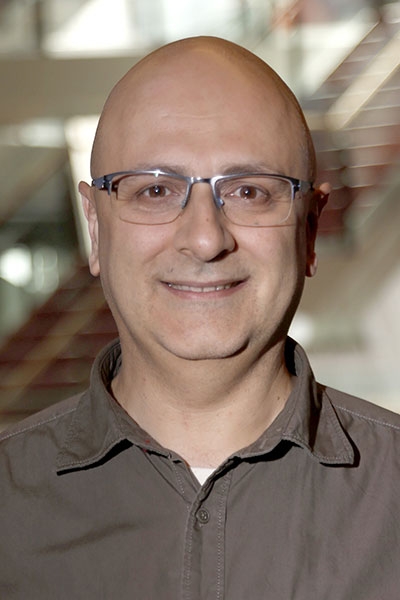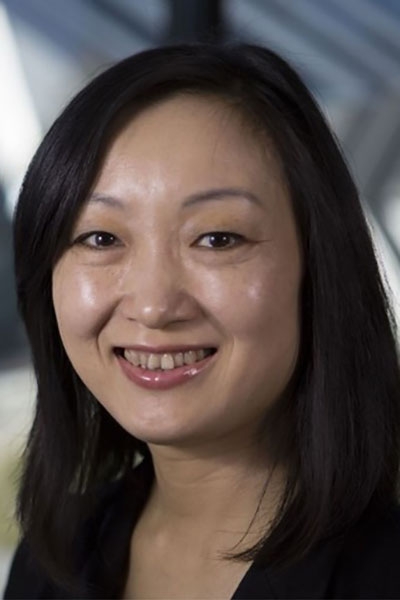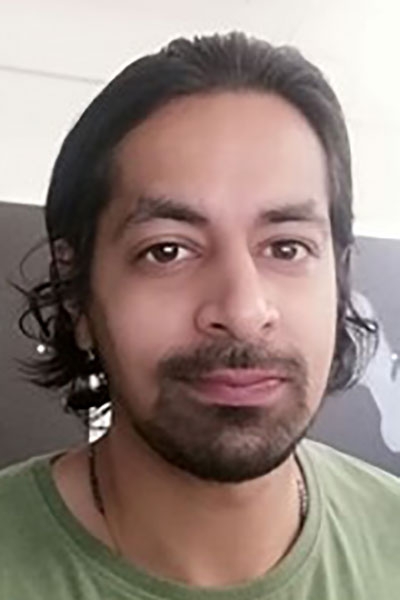23 - 25 July 2024 - 8:00 am to 10:30 am EDT
Registration closes on 21 July 2024 at 5:00pm EST
Online via Zoom
Price$279 IEEE ComSoc member | Not a member? Join ComSoc Today IEEE Members can add ComSoc to their membership. |
CEU Credits: 0.7 CEUs
Course Description
Emerging mass transportation systems such as self-driving cars, high-speed trains, drones, flying cars, and the supersonic flight will challenge the design of future wireless networks due to high-mobility environments in which many high-mobility users require high data rates and low latencies. The physical layer modulation technique is a key design component to meet the system requirements of high mobility.
Currently, orthogonal frequency division multiplexing (OFDM) is the modulation scheme deployed in 4G-5G mobile networks, where the wireless channel typically exhibits mild time-varying multipath fading. OFDM can only achieve a near-capacity performance over a doubly dispersive channel with small Doppler shifts but suffers heavy degradations under high Doppler conditions that are typically found in high-mobility environments.
Orthogonal time frequency space (OTFS) modulation has recently been shown to provide significant advantages over OFDM in doubly dispersive channels.
The OTFS waveform is based on the idea that the mobile wireless channels can be effectively modeled in the delay-Doppler domain. This domain provides a sparse representation closely resembling the physical geometry of the wireless channel.
This course will introduce the general notion of delay-Doppler communications, starting from the fundamental theory of the Zak transform. The transceiver architecture for detection and channel estimation will be presented. The parameters selection in relation to the wireless channel will be fully clarified. Finally, MATLAB code functions and a software-defined radio implementation will be illustrated.
Bonus feature: On the third day of the course, stay online after the course ends for an approximately 30-minute informal conversation with the instructor. Exclusive only to course participants, you will have the opportunity to ask additional questions for the instructor's response.
This course was developed with reference to the textbook:
- Y. Hong, T. Thaj, and E. Viterbo, Delay-Doppler Communications: Principles and Applications. Academic Press - Elsevier, 2022, ISBN:9780323850285
A 30% discount is available for the course participants.
Save on Courses
Register Early and Save
Register by 8 July and save 10% on your registration fee when you use promo code ODDC10 during the checkout process or add this course to your shopping cart with the discount applied.
Who Should Attend
This course will be of high interest to engineers working for wireless communications companies involved in 5G and beyond development.
Delay-Doppler communications will also be of interest to other researchers and engineers working in satellite and underwater communications, and radar processing.
Instruction level: Intermediate to Advanced level.
Prerequisites: The ComSoc Training course on Fundamentals of Wireless Communications is an excellent resource to prepare for this course. Participants should have a basic understanding of the principles of wireless communication, antennas, wave propagation, transmitters and receiver architectures, access methods for wireless networks, and orthogonal frequency division multiplexing technology. Participants should also be familiar with basic linear algebra.
Unsure if your background knowledge meets the course prerequisites? Take this short warm up quiz to check if you need to refresh your mind with some of the basics of Communication theory, Signal processing, and Linear algebra (vectors and matrices).
Instructor

Developed by


Learning Objectives
Upon completion of this course participants will be able to:
- Recognize the challenges of high mobility channels affected by both multipath and multiple Doppler shifts in PHY layer waveform design and performance.
- Understand the limitations of current multicarrier techniques such as OFDM in high mobility channels.
- Master the mathematical and physical relations between the different domains for representing wireless channels and waveforms: time-frequency, time-delay, delay-Doppler.
- Understand the Zak transform for delay-Doppler communications.
- Learn the fine details of the transceiver architecture with Matlab hands-on examples of the key blocks of OTFS modulators and demodulators.
- Understand the special features and advantages of OTFS with regard to channel estimation, MIMO and multiuser MIMO, precoding, and performance.
- Realize the importance of OTFS for current and future applications to 5G and beyond.
Course Content
Day 1
- Introduction
1.1. Evolution of wireless
1.2. High-Doppler wireless channels - Wireless channel representations
2.1. Time-frequency representation
2.2. Time-delay representation
2.3. Delay-Doppler representation - Review of OFDM
3.1 Basic principles of OFDM
3.2. Effect of high Dopplers in OFDM modulation
Day 2
- OTFS modulation
4.1. Signaling in the delay-Doppler domain
4.2. OTFS signaling architecture
4.3. Compatibility with OFDM architecture - The Zak transform
5.1. Introduction to transforms
5.2. The Zak transform
5.3. Delay-Doppler basis functions
5.4. The Discrete Zak transform
5.5. Delay-Doppler communications via the Discrete Zak transform - OTFS signal detection
6.1. Vectorized formulation of the input-output relation
6.2. Message passing-based detection
6.3. Decision feedback maximum ratio combining detection
6.4. Performance and complexity
Day 3
- OTFS channel estimation
7.1. Embedded pilot-based channel estimation in delay-Doppler domain
7.2. Time domain channel estimation - MIMO and multiuser OTFS
8.1. MIMO OTFS system model
8.2. MIMO OTFS detection
8.3. MIMO OTFS channel estimation
8.4. Multiuser OTFS channel estimation - Delay-Doppler communication applications: 5G and beyond, radar, underwater, satellite
- Conclusions and discussions
Course Materials
A copy of the instructor's PowerPoint slides is included. Access to the streaming video recording is provided for 20 business days after the course has been taught. Earn 0.7 IEEE Continuing Education Units for participating and completing the post-course evaluation.
The web conference invitation is sent to each participant upon registration, Course materials will be emailed to participants at least one business day in advance of the course date.
Course Cancellation and Refund Policy: Requests for online course cancellations must be received 3 business days prior to the course date for a full refund. Once course materials have been shared with a course participant cancellation and refund requests cannot be accommodated.
Contact Us
For general inquiries and technical support, contact Tara McNally, Certification and Professional Education Manager.


